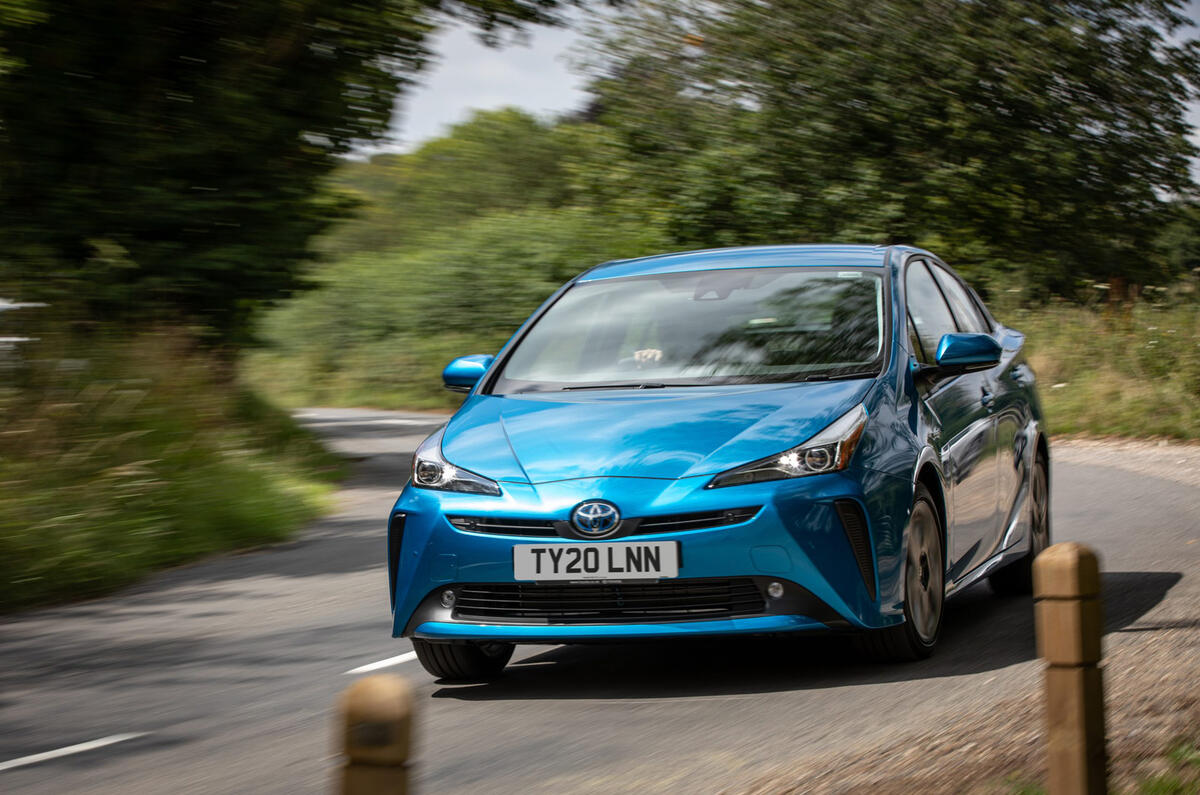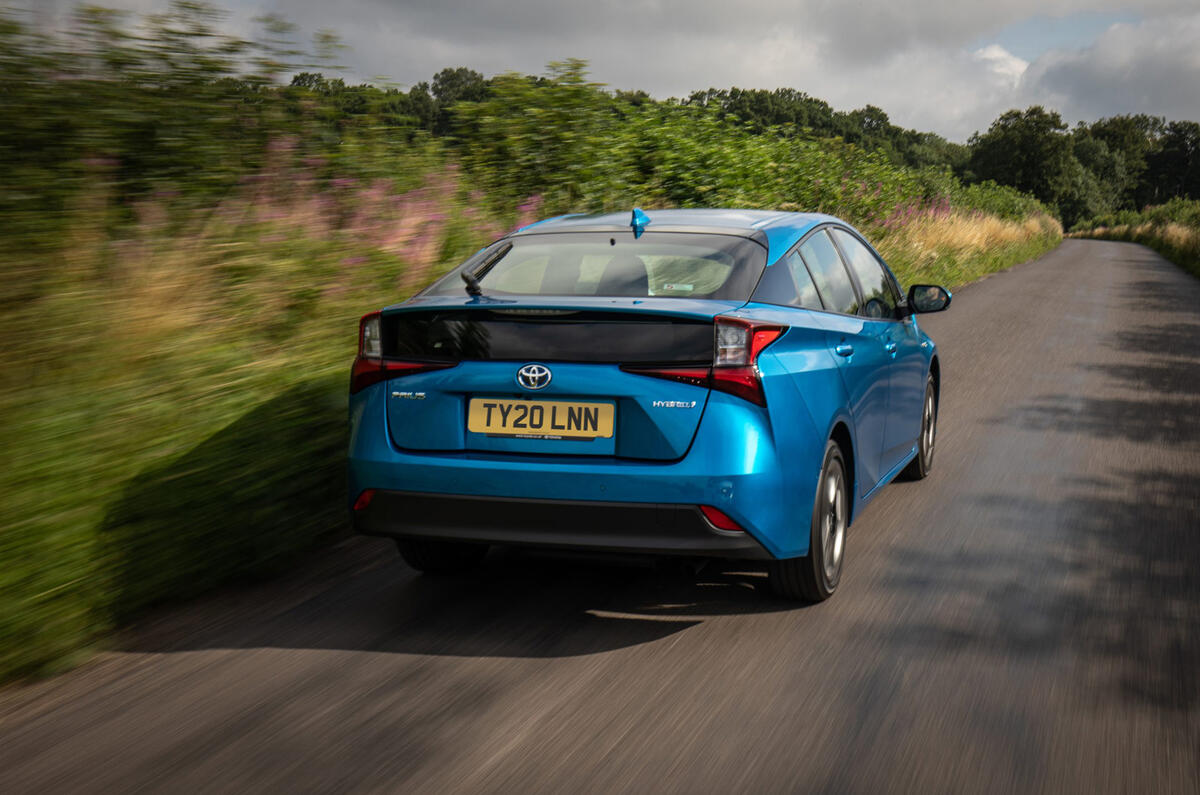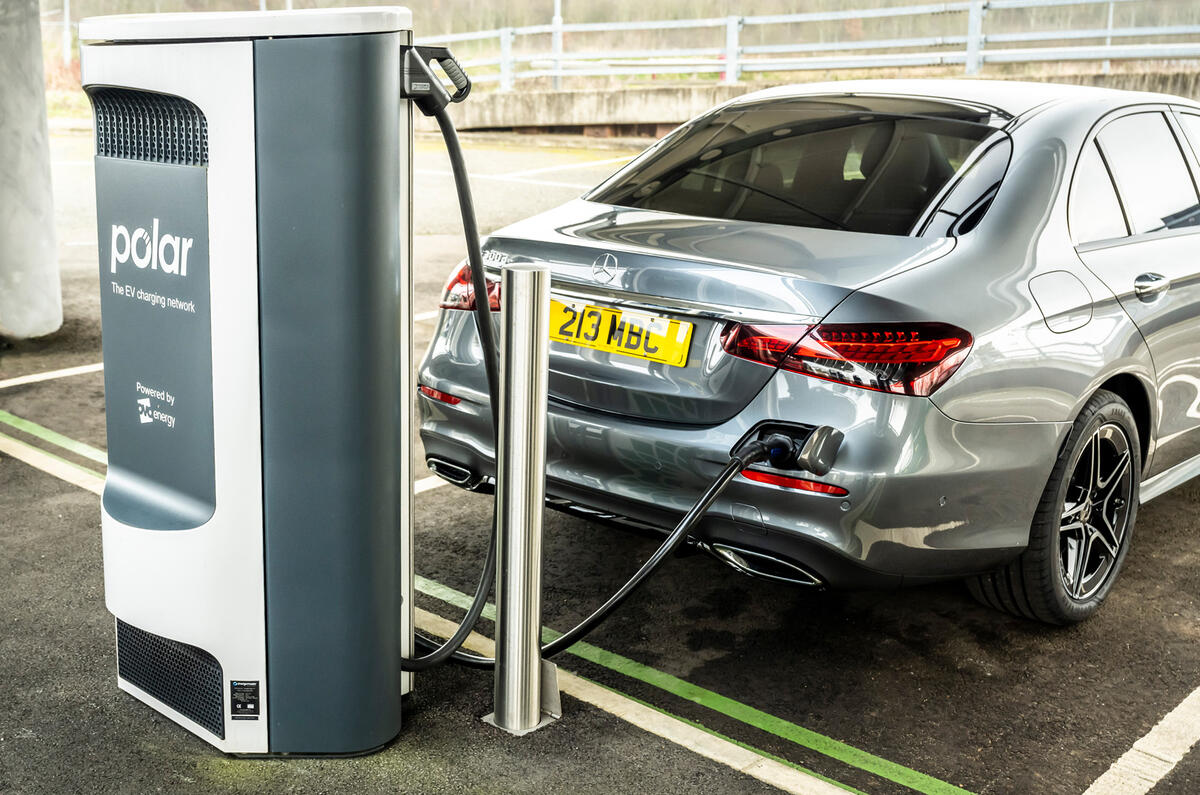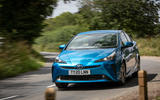With the proposed ban of new petrol and diesel cars in the UK looming large in 2030, the interest in hybrid cars has never been higher.
According to the Society of Motor Manufactuers and Traders, hybrids and plug-in hybrids made up 20% of new car sales in November 2021, and that figure is continuing to rise.
But what exactly is a hybrid? With almost every brand now offering a wide variety of models, from mild versions to the plug-in variety, it’s a concept that buyers will increasingly have to grapple with when choosing their next new car. So to make things easier, here’s our guide covering everything you need to know about hybrids.
Mild hybrids
Increasingly popular with manufacturers, the mild-hybrid set-up is a relatively simple and low-weight solution that can in many cases be applied to existing ICE models. Unlike in other hybrids, the electric motor doesn’t drive the car, rather it delivers torque assistance when accelerating, plus it doubles up as a starter motor and generator for a small battery pack.
Essentially, mild-hybrid systems come in two different guises: either belt-driven or featuring a direct connection to the engine. Either way, most systems use 48V architecture and a compact lithium ion battery, although some brands such as Mazda favour a 12V system, claiming the efficiency created through its even smaller battery offsets the extra energy and electrical assistance of a larger pack. Regardless of approach, the overall increase in efficiency over an equivalent pure ICE is usually about 10%.
In engineering terms, the belt-driven set-up is known as a P0, and its popularity is largely down to its lower costs (both in development and installation terms), as it can be added to most existing engines without significant modification. In simple terms, this system uses a starter-and-generator unit that replaces the traditional alternator and is connected to the engine’s crankshaft by a toothed belt.
During acceleration, it can deliver assistance; and when the car is slowing down, it turns into a generator, delivering resistance that’s akin to powerful engine-braking. In doing so, it feeds electricity back into the battery and reduces the need for the friction brakes, thereby cutting the amount of energy lost through heat from the discs and pads. It can also act as an engine-start-stop system, both when the vehicle is stationary and when cruising off-throttle.
Termed a P1, the direct-drive crankshaft drive set-up is the same as Honda uses for its IMA (Integrated Motor Assist) system. With a motor-generator sandwiched between the ICE and gearbox, this configuration allows for more torque (it’s not limited by the strength of the belt), theoretically quicker responses and neater packaging. It is, however, costlier to develop and install, especially for the more compact front-wheel-drive applications, so it usually requires the design and manufacture of a bespoke powertrain.

























Add your comment